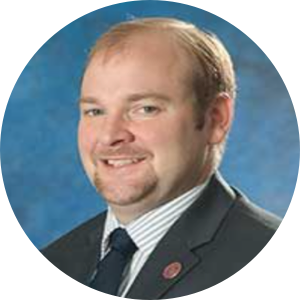This is the first in a three-part series about the evolution of the role of the college president. Find the rest of the series here: Part 1 | Part 3
It’s no surprise that a university president’s calling is one of leadership, but more than ever that refers to thought leadership — telling the institution’s story to the world and selling people on the value of its brand.
This trend of university presidents being the chief marketer is a clear indication of the highly competitive state of higher education – and it is also what I wrote my dissertation about. In the second of a three-part series, I will continue to unpack those learnings, highlighting the chief executive’s role as a storytelling expert, brand leader, and active social media participant, however willingly or not.
‘Telling the Story of This Institution Over and Over Again’
“I need to be able to work with people,” one president told me regarding the skills he uses daily. “I need to be comfortable, meeting strangers and chatting them up and getting comfortable telling the story of this institution over and over again,” a role traditionally left to a university’s marketing and communications team.
In a 2019 Inside Higher Ed article, Bill Faust wrote about the relationship between chief executive officers and their university brands. He noted the continued increase in annual marketing budgets and the rise of the role of chief marketing officers in colleges and universities, and concluded that “these higher-ed leaders … aren’t just embracing marketing and branding as a necessary element of running their institution. They’re actually shifting their roles and becoming an integral part of the process — a trend that’s likely to continue as higher education becomes even more competitive in the years to come.”
>>LISTEN: Creating Social Media Savvy in the Executive’s Office
I found this to be true in my dissertation interviews, as I sought to understand the skills that first-time presidents need to acquire before assuming the college presidency at four-year institutions. I interviewed 13 first-time, four-year public college presidents at NCAA Division II or Division III colleges and universities located across the nation in six states, a majority representing the Northeast. for my dissertation; nine (69%) of whom identified storytelling as a key function for higher education’s top position. From fundraising to legislative advocacy to engaging with employers and parents, presidents acknowledged the role they played as chief storyteller for their institution.







